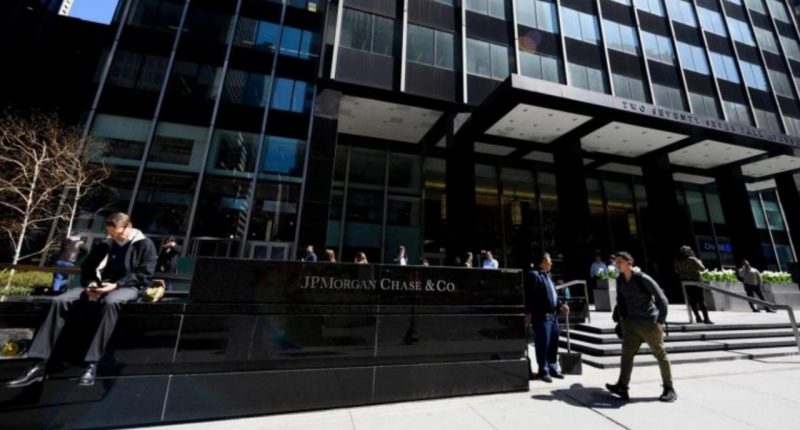- U.S. banks Wells Fargo, JPMorgan Chase and Citigroup have all set aside an additional US$23 billion (around A$32.8 billion), as a buffer for loan defaults
- The move is seen as a reflection of the poor economic state of the U.S., as the coronavirus continues to spread almost unchecked
- More than 3.4 million cases of COVID-19 have been recorded in the country since the pandemic began
- The growth of the coronavirus has resulted in losses amongst the U.S. banks, who’ve also suffered a drop in revenue
- However, trading has increased for some banks, among market volatility
In an ominous sign of things to come, three prominent U.S. banking institutions have set aside an additional US$23 billion (around A$32.8 billion) for potential loan defaults.
The move by Wells Fargo, JPMorgan Chase and Citigroup is seen as a reflection of the current state of the U.S. economy, in the midst of the COVID-19 pandemic.
It’s also the biggest amount of money put aside for bad loans since the 2008 global financial crisis (GFC), according to Bloomberg.
Explosion of cases
The U.S. is by far the worst country affected by the coronavirus, with more than 3.4 million infections already recorded, as well as around 138,000 deaths.

Source: WHO
Those numbers are also rising, with states such as California, Texas, Arizona and Florida all grappling with big surges in COVID-19 cases.

Source: Wikipedia
The rise in cases can be attributed in part to the easing of lockdown restrictions in the U.S. at the end of May and the start of June, in a bid to reopen the economy.
Restrictions have now been reimposed in a number of states though, meaning while case numbers may settle, further economic pain is likely.
Another global financial crisis
In the second quarter of 2020, JPMorgan Chase and Citigroup each reported huge net income declines, of 51 per cent and 77 per cent respectively.
Meanwhile, Wells Fargo posted its first loss since the GFC, dropping $2.4 billion in the second quarter.
The majority of all three of the bank’s losses can be attributed to people failing to pay their credit cards or other loans.
“Our view of the length and severity of the economic downturn has deteriorated considerably,” said Wells Fargo CEO Charlie Scharf.
However, Citigroup and JPMorgan managed to avoid a net loss result, as they both saw huge growth in trading, due to market volatility.
“While credit costs weighed down our net income, our overall business performance was strong during the quarter,” said Citigroup CEO Michael Corbat.
“We earned $4.7 billion of net income in the second quarter despite building $8.9 billion of credit reserves because we generated our highest quarterly revenue ever,” said JPMorgan Chase CEO Jamie Dimon.
Despite the trading bright spot, further losses are clearly expected amongst the big banks, who’ve set aside billions, as consumers continue to struggle with not only the health impacts of COVID-19, but the financial impacts.
“This is not a normal recession,” said the JPMorgan CEO during a recent call to shareholders. “The recessionary part of this you’re going to see down the road.”








